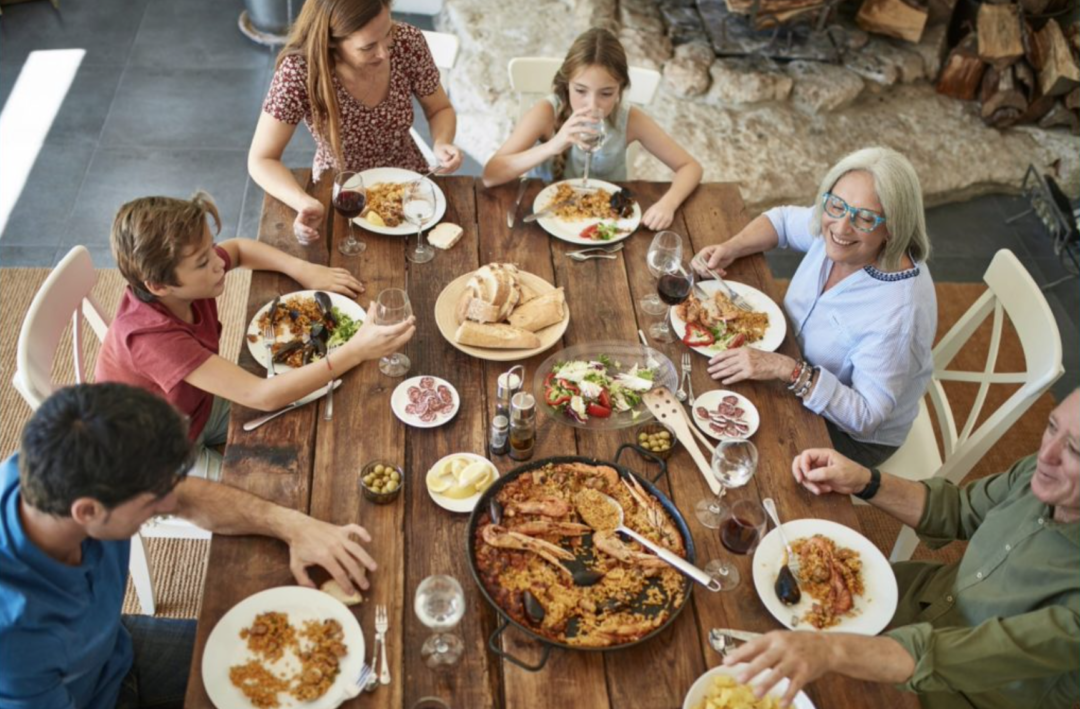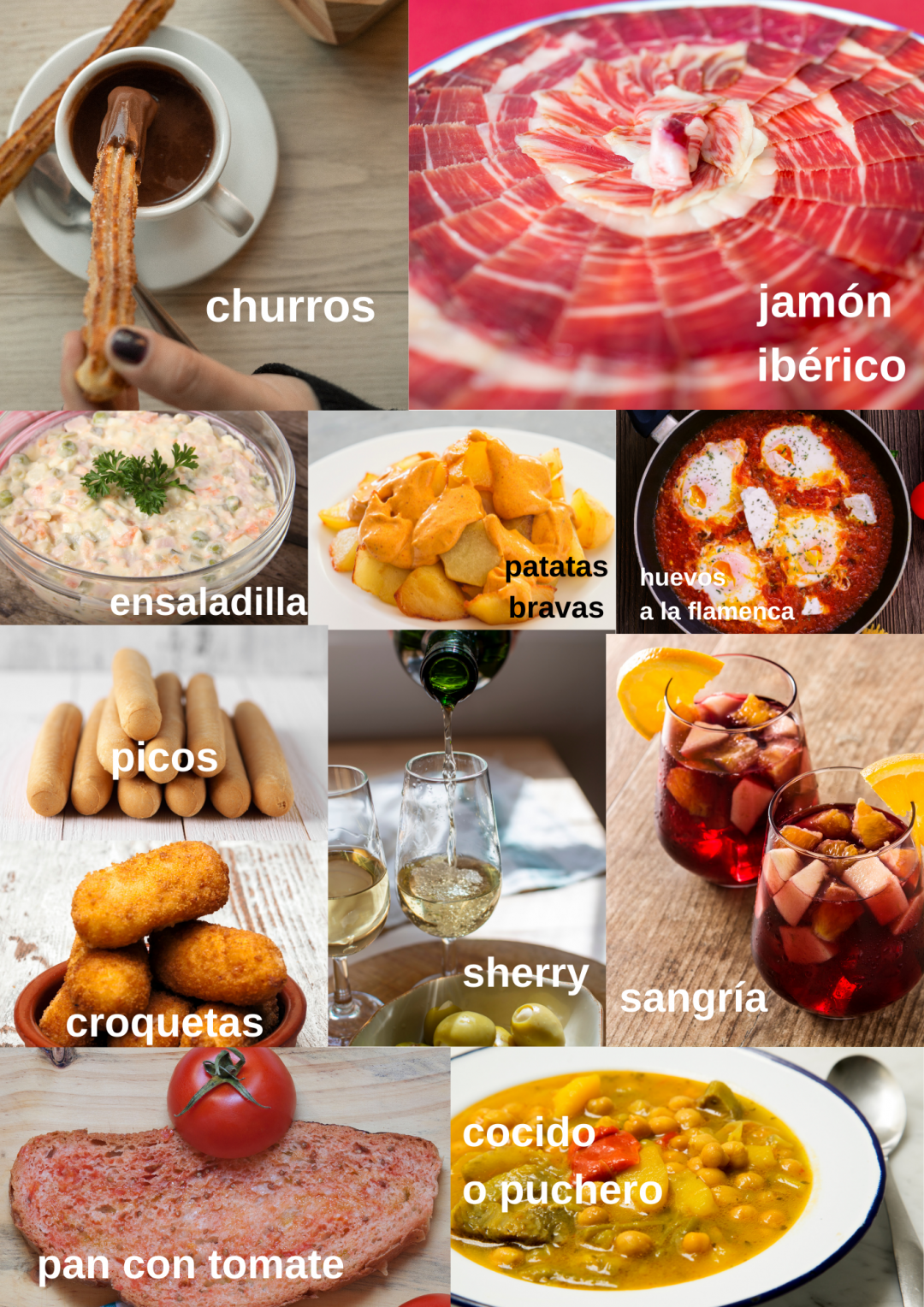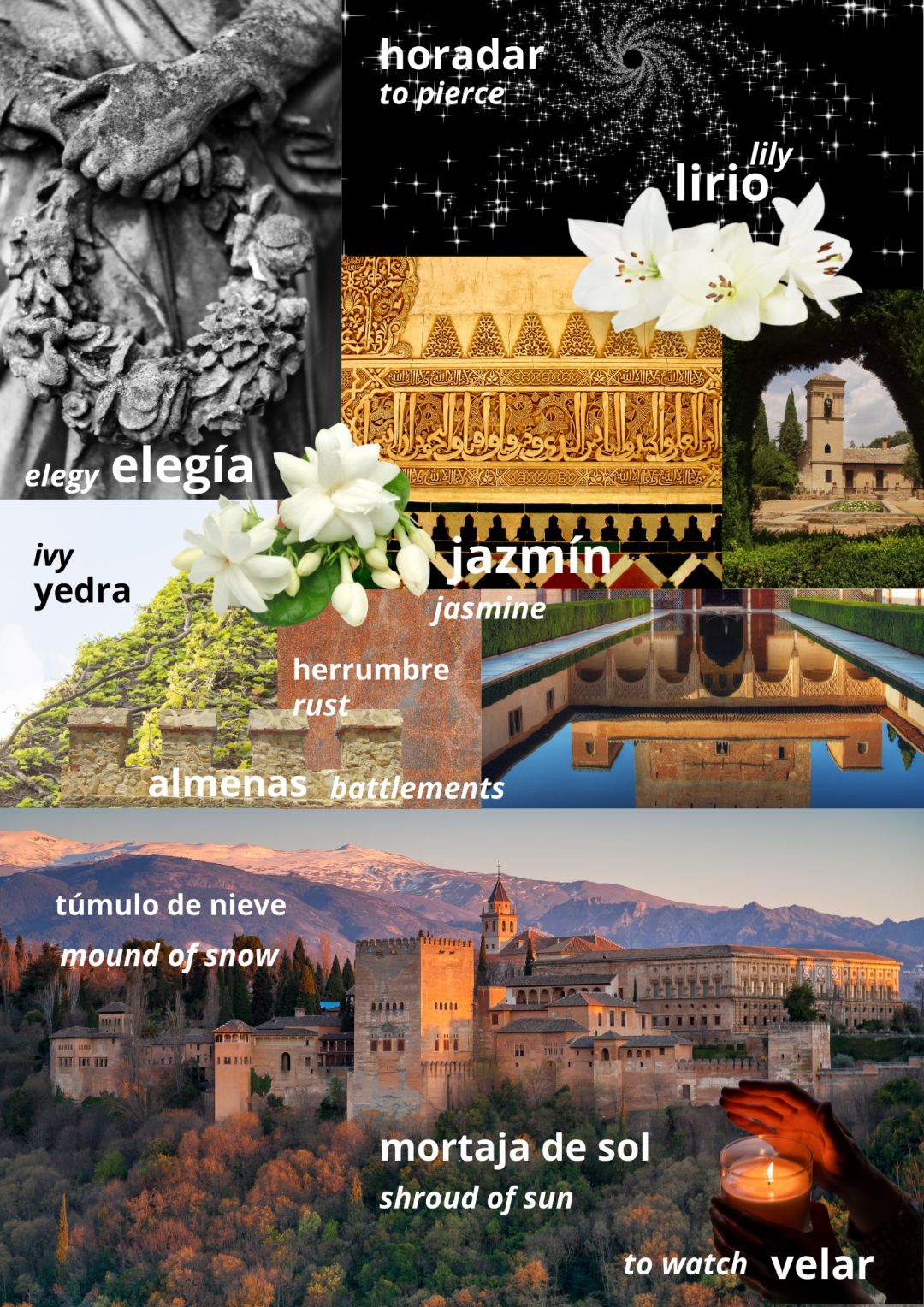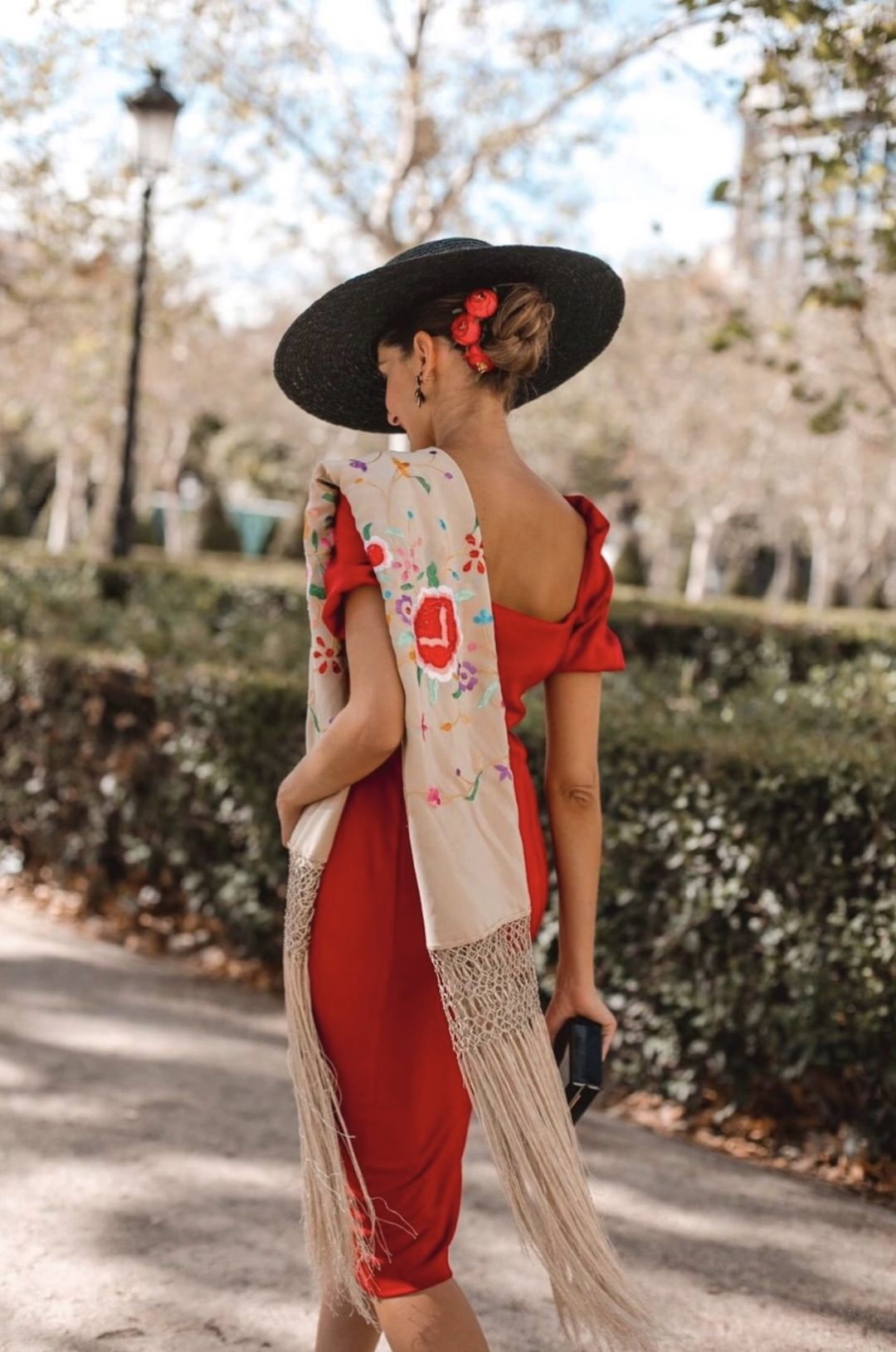Vocabulary about Spanish Christmas Part II:
las 12 uvas de la suerte: the 12 fresh grapes of luck
Nochevieja o Año Viejo: New Year’s Eve
día de Año Nuevo: new Year’s Day
las campanadas: the chimes
los propósitos de Año Nuevo: the New Year’s resolutions
el Roscón de Reyes: Three king’s cake
After celebrating Christmas Eve on December 24 and Christmas Day on December 25, as we tell you here, the end of the year arrives.
On December 31 we celebrate New Year’s Eve by having dinner with family and friends until midnight when we turn on the television to see the clock that marks the last seconds of the year and listen to the chimes. Twelve bells ring and at the same moment we have to eat the 12 fresh grapes of luck (one for each chime and month of the next year). They say that this tradition exists since 1909 due to a surplus in the production of grapes that year.
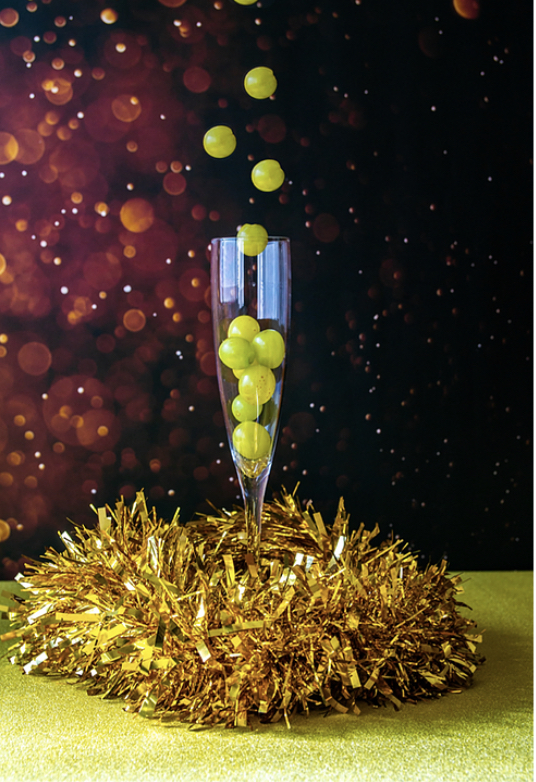
Normally, one of the most famous places to see las campanadas is the Puerta del Sol clock in Madrid, you can see in the tv that the square is full of people and the atmosphere is very exciting. We all think about the last year and ask for luck to be able to fulfill our propósitos de Año Nuevo.
Another custom to have good luck is that in addition to dressing in our best clothes, we must wear red underwear, but it must be given away.
At the end of the chimes, everyone hugs, kisses, toasts with champagne … and the party begins!
The next day, January 1, is New Year. The family gathers again to eat, the early risers listen to the New Year’s Concert on television and the party-goers spend the time they can in bed.
As the famous song by the 80s pop group, Mecano, says about the end of the year:
“Y decimos adiós y pedimos a Dios...”
“And we say goodbye and we ask God that in the coming year …”
We have good health, love and luck! (Salud, Amor y Suerte)
And on the 1st the parties don’t end! The children wrote their letter to the three Wise Men: Melchior, Gaspar and Baltasar. These arrive on January 6 at night by camel to all the houses so that when the children wake up in the morning they will find the room full of gifts.
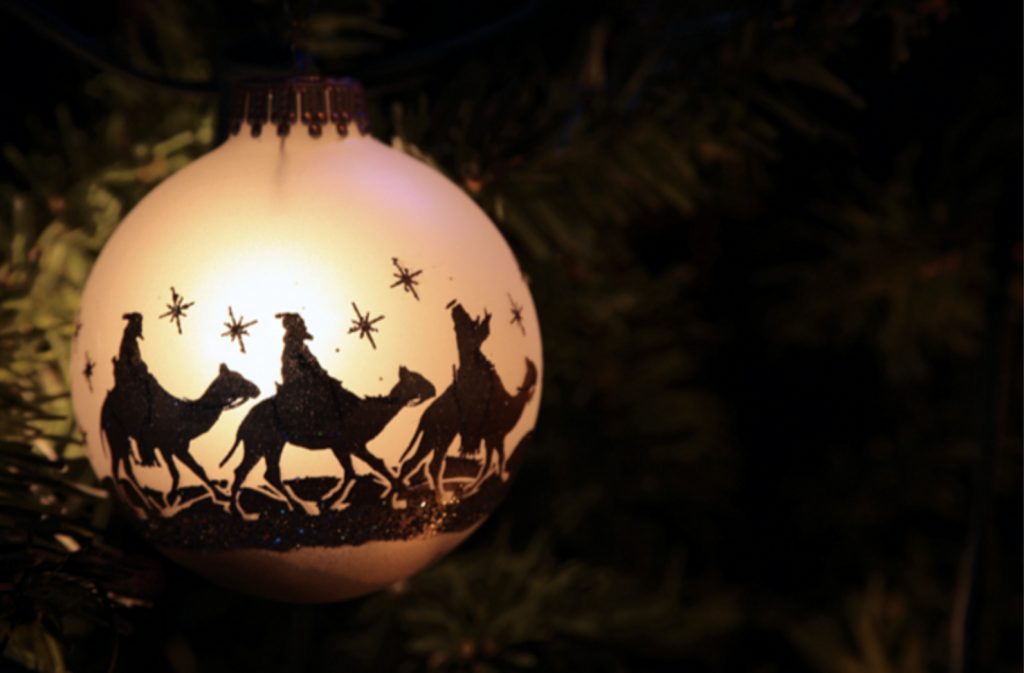
There is a typical sweet to have breakfast on this day called Roscón de Reyes that we can find in different flavors, although the original is a sponge cake filled with cream with candied fruit on top. Inside there are hidden a bean and a lucky figure. Whoever finds the figure receives the king’s crown and who unfortunately has the bean in his piece must pay the price of the Roscón.
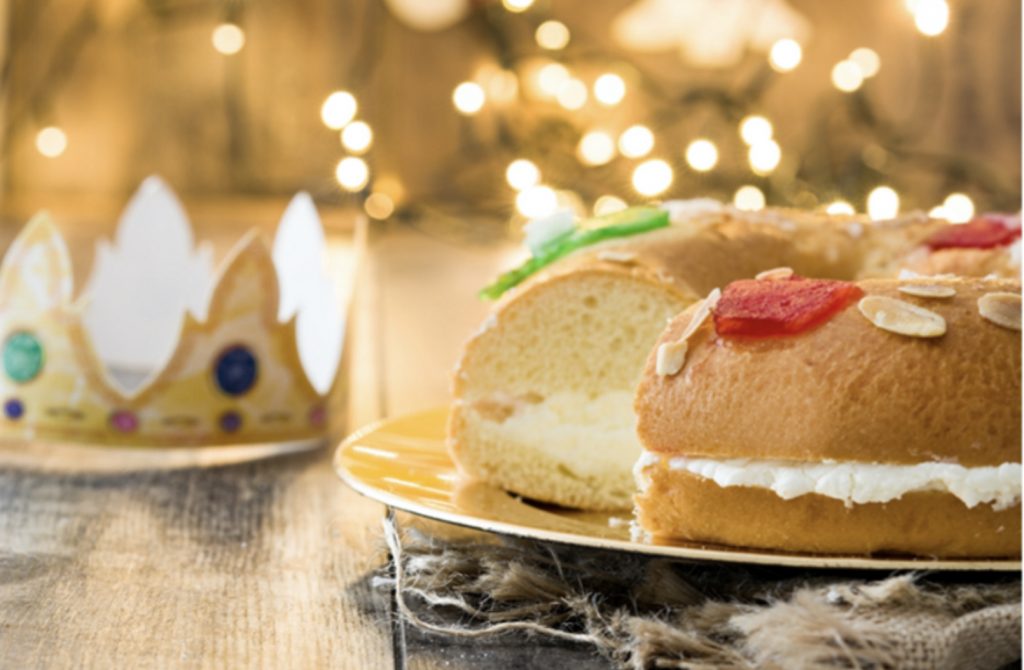
A popular Christmas carol for the night of January 5 says:
“Ya vienen los reyes magos, ya vienen los reyes magos, caminito de Belén, olé olé Holanda y olé, Holanda ya se ve“.
“The three kings are coming, the three kings are coming, on the road to Bethlehem, olé olé Holland and olé, Holland is already seen”
Why is the European country of the Netherlands supposed to be seen on the road from the East to Bethlehem? It’s an unsolved mystery.

